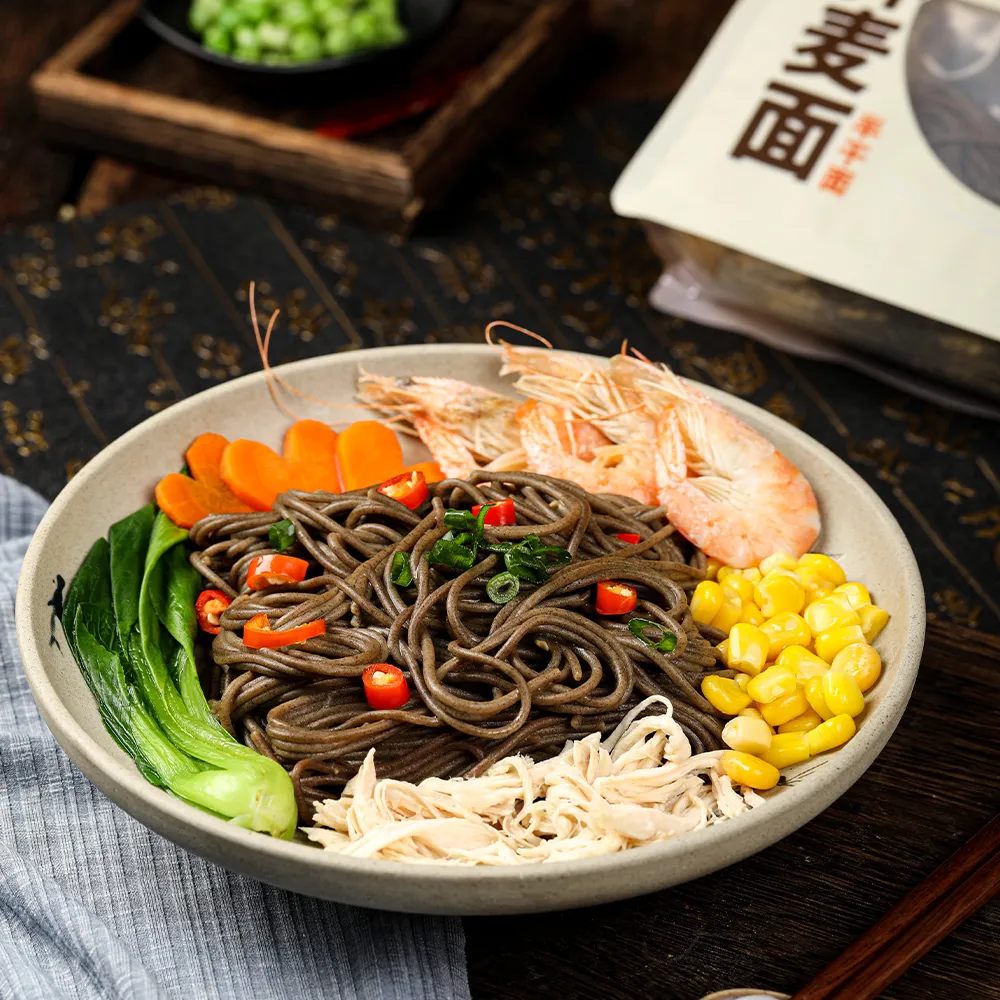udon noodles ingredients
The Ingredients of Udon Noodles A Culinary Journey
Udon noodles, a staple in Japanese cuisine, are beloved not only for their unique texture and flavor but also for the simplicity of their ingredients. Traditionally made from just a few basic components, these thick and chewy noodles have a rich history that dates back centuries. Here, we will explore the primary ingredients of udon noodles, providing insight into their origin, preparation, and culinary versatility.
Wheat Flour
The main ingredient in udon noodles is wheat flour, specifically high-gluten flour or bread flour. This type of flour is essential for achieving the desired dough characteristics. The high gluten content contributes to the chewy texture that udon is known for, allowing the noodles to stretch and retain their shape during cooking. In Japan, there are specialized varieties of flour used for noodle making, which can influence the final product's taste and texture.
Water
Another critical ingredient in udon noodles is water. The amount and temperature of the water can significantly affect the dough’s consistency. When making udon at home, it is common to use lukewarm water, as it helps to develop the gluten in the flour more effectively. Mixing the flour with water initiates the hydration process, allowing the gluten proteins to form stretchy strands, which is vital for creating the signature udon chewiness.
Salt
Salt plays a crucial role in the production of udon noodles. Not only does it enhance the flavor, but it also influences the dough's texture. Salt strengthens the gluten structure, resulting in a firmer noodle. Additionally, it helps to control fermentation, contributing to the overall flavor profile of the noodles. When salt is dissolved in the water before mixing with the flour, it ensures an even distribution throughout the dough.
The Dough-Making Process
udon noodles ingredients

The process of making udon noodles is as much an art as it is a science. Once the ingredients are combined, the dough is kneaded thoroughly to ensure optimal gluten development. This step is crucial; the dough must be worked until it becomes smooth and elastic. After kneading, the dough is allowed to rest, which helps to relax the gluten, making it easier to roll out.
Typically, in a traditional method called knee-and-pound, the dough is placed in a bag and beaten with the feet to achieve the right consistency. This method might seem unusual, but it is rooted in centuries of tradition. The dough is then rolled out to a desired thickness, often about 4 to 5 millimeters, before being cut into strips. The wide, flat shape of udon noodles is what differentiates them from other styles of noodles, like soba or ramen.
Cooking Udon Noodles
Once the noodles are cut, the cooking process begins. Udon noodles are typically boiled in water for about 8 to 12 minutes, depending on their thickness. Fresh noodles will cook faster than dried ones, so it’s important to keep a close eye on the pot. The goal is to achieve a tender yet chewy texture that is characteristic of well-made udon.
Serving Suggestions
Udon noodles offer a wonderful canvas for various toppings and sauces. They can be served in a flavorful broth, often made from dashi (a Japanese soup stock) and soy sauce, and topped with ingredients such as green onions, tempura, or a raw egg. Alternatively, udon can be enjoyed cold, served with a dipping sauce, perfect for hot summer days.
Conclusion
The ingredients of udon noodles reflect the essence of Japanese cooking simplicity paired with depth of flavor. The combination of wheat flour, water, and salt creates a versatile noodle that can be adapted to various dishes and culinary styles. Whether served hot or cold, udon embodies a rich tradition that continues to captivate palates around the world. By understanding the ingredients and the preparation process, home cooks can embark on their journey to make authentic udon noodles, bringing a piece of Japanese culture to their own kitchens.
-
Is Whole Wheat Pasta Healthy?NewsMay.30,2025
-
Are Soba Noodles Good for Weight Loss?NewsMay.30,2025
-
Are Buckwheat Soba Noodles Healthy?NewsMay.30,2025
-
Are Buckwheat Soba Noodles Gluten Free?NewsMay.30,2025
-
Are Buckwheat Noodles Good for You?NewsMay.30,2025
-
A Healthy Way to Savor Soba and Spicy FlavorsNewsMay.30,2025
-
What Are Lanzhou Noodles?NewsMay.30,2025
Browse qua the following product new the we

















































































































